They told him he had to read the whole Operations Manual before his first day.
I was on a Zoom call yesterday, when someone asked me an interesting question…
"What's the Difference Between Creating Employee Training vs. an Operations Manual"
And as soon as I started answering, I realized I had strong opinions on the matter. (Of course I do.)
The truth is, you might be using your Operations Manual as Employee Training. And if that’s the case, YOU ARE AMAZING and way ahead of most businesses that have exactly zero things written down for their employees to learn how to do their jobs. However, if I’m keeping it real, an Operations Manual does not an Employee Training make.
To keep things simple, let's talk definitions...
Employee Training
Employee Training guides a trainee, often a new employee, through a curated set of learning experiences, the result of which is to ensure they can perform a pre-defined set of job duties to a pre-defined standard.
There are a few key words to pay attention to here…
“trainee, often a new employee” - because the fact that they need training suggest they do not currently possess the knowledge and/or experience to complete this task. Employee Training is NOT for current employees who are kicking butt at their jobs, unless you’re training them on something brand-new.
"guides" - because we're not just giving a random list of topics for the trainee to review... we've intentionally laid out the sequence and how the learning will unfold. Because we like them.
"curated" - because employee training is careful to not just throw every damned thing but the kitchen sink at the learner. What you choose NOT to include is just as important as what you DO include.
"learning experiences" - because it's not about teaching (what YOU do) it's about setting up a set of experiences that creates LEARNING. You have to set things up really differently when you think about it that way.
"perform" - because if they can't show you they can do the thing, then your so-called "training" didn't work.
"pre-defined set of job duties" - because the whole point of making the training in the first place was to ensure they could do their job.
"pre-defined standard" - because if you're not clear on exactly what "success" looks like on the job, they won't either.
Operations Manual
On the other hand, an Operations Manual is an ever-evolving and easy-to-reference collection of work instructions & policies, organized by topic, process, or role, used by ALL employees to complete their most essential business tasks.
Again, let's look at the key words here...
"ever-evolving" - because the SECOND your processes change, you should be updating them in your operations manual and communicating those changes with your team so everyone's on the same page. (Ok fine, I'll give you a week.)
"easy-to-reference" - because the goal isn't for a person to read this thing cover-to-cover (talk about boring!), but instead to serve as something you can just pick up and quickly find out how to do something when you need to do that thing. (We call it "just in time training" in the training world.)
"work instructions & policies" - because that's all they are. There's no need for assessments or activities like you'd have in a training - just tell me how to do the thing, what my boundaries are, and what "success" looks like.
"organized by topic, process, or role" - because again, we're not guiding our reader through a learning experience, they just need to be able to quickly get to what they need and follow the directions.
"ALL employees" - because operations manuals are for everyone, not just trainees. If we don't all agree on what needs to get done, then we have problems.
These are honestly just working definitions, and I reserve the right to evolve them as my thinking evolves, but this should give you a bit more understanding about why you might want to choose to build one of these over the other.
Rule #1 in business documentation is to always know what problem(s) you need to solve before you start building a thing. But more on that tomorrow…

